
views
Measure your Foot at Home
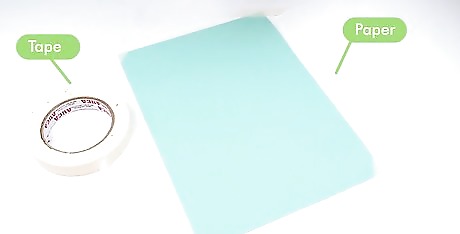
Tape a piece of paper down to the floor. You are going to trace an outline of your foot to measure, so avoid doing this on carpet or any other surface that will be difficult to write on.
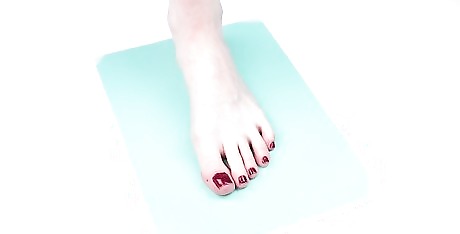
Place your foot firmly on top of the piece of paper. Your leg should be bent slightly and your shin should be in front of your ankle. Try to put your foot perpendicular to any lines on your paper. You can stand, sit on a chair or crouch down.
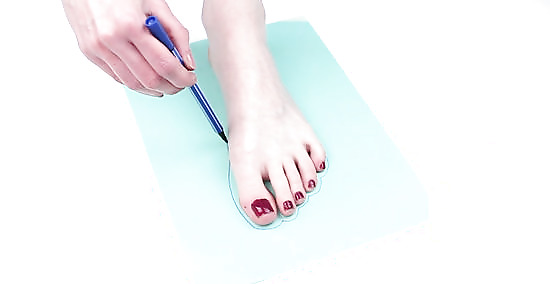
Draw the outline of your foot all the way around. You can wear the socks you are planning to wear with the shoes you would like to buy, but don't wear shoes.
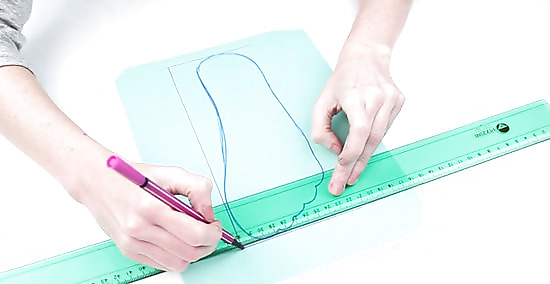
Mark the length and width of your foot on the paper. Use your marker to draw straight line touching each side of the outline.
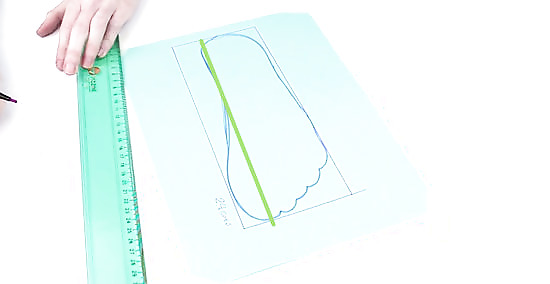
Measure the length of your foot. Use a tape measure or ruler to measure from the top to bottom. Write this number down. This number will largely determine your shoe size.
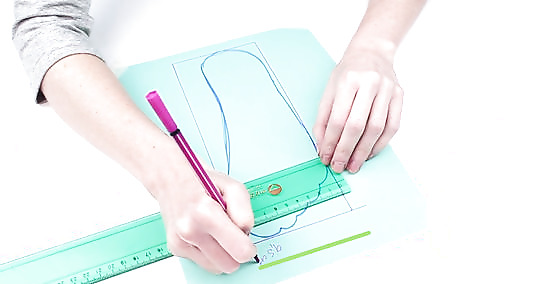
Measure the width of your foot. Measure between the lines on the left and right sides and write the number down. Many shoes come in different widths, so this number will determine which version to buy.

Subtract 3/16ths of an inch from each number. This is to accommodate the small space between the line made by the pencil and your actual foot.

Use your length and width measurements to find your shoe size on a sizing chart. Men and women use different sizes, as do different countries.
Interpreting the Results

For women, find your length measurement on the chart of US women's sizes below. 4 = 8 3/16" or 20.8 centimeter (8.2 in) in length 4.5 = 8 5/16" or 21.3 centimeter (8.4 in) 5 = 8 11/16" or 21.6 centimeter (8.5 in) 5.5 = 8 13/16" or 22.2 centimeter (8.7 in) 6 = 9" or 22.5 centimeter (8.9 in) 6.5 = 9 3/16" or 23 centimeter (9.1 in) 7= 9 5/16" or 23.5 centimeter (9.3 in) 7.5 = 9 1/2" or 23.8 centimeter (9.4 in) 8 = 9 11/16" or 24.1 centimeter (9.5 in) 8.5 = 9 13/16" or 24.6 centimeter (9.7 in) 9 = 10" or 25.1 centimeter (9.9 in) 9.5 = 10 3/16" or 25.4 centimeter (10.0 in) 10 = 10 5/16" or 25.9 centimeter (10.2 in) 10.5 = 10 1/2" or 26.2 centimeter (10.3 in) 11 = 10 11/16" or 26.7 centimeter (10.5 in) 11.5 = 10 13/16" or 27.1 centimeter (10.7 in) 12 = 11" or 27.6 centimeter (10.9 in)
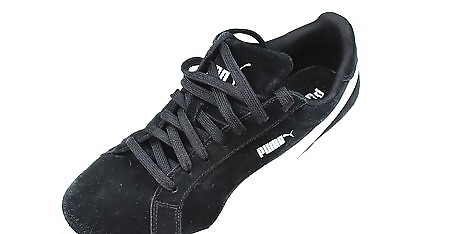
For men, find your length measurement on the chart of US men's sizes below. 6 = 9 1/4" or 23.8 centimeter (9.4 in) in length 6.5 = 9 1/2" or 24.1 centimeter (9.5 in) 7 = 9 5/8" or 24.4 centimeter (9.6 in) 7.5 = 9 3/4" or 24.8 centimeter (9.8 in) 8 = 9 15/16" or 25.4 centimeter (10.0 in) 8.5 = 10 1/8" or 25.7 centimeter (10.1 in) 9= 10 1/4" or 26 centimeter (10.2 in) 9.5 = 10 7/16" or 26.7 centimeter (10.5 in) 10 = 10 9/16" or 27 centimeter (10.6 in) 10.5 = 10 3/4" or 27.3 centimeter (10.7 in) 11 = 10 15/16" or 27.9 centimeter (11.0 in) 11.5 = 11 1/8" or 28.3 centimeter (11.1 in) 12 = 11 1/4" or 28.6 centimeter (11.3 in) 13 = 11 9/16" or 29.4 centimeter (11.6 in) 14 = 11 7/8" or 30.2 centimeter (11.9 in) 15 = 12 3/16" or 31 centimeter (12.2 in) 16 = 12 1/2" or 31.8 centimeter (12.5 in)
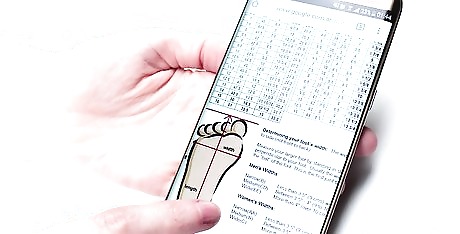
Consider your width. Many shoes will also have a width size, ranging through AA, A, B, C, D, E, EE, and EEEE. B is average for women, D is average for men. A and below are narrow, E and up are wide and extra-wide (See chart below).

Consult the manufacturer or shoe store if you have extreme measurements.




















Comments
0 comment